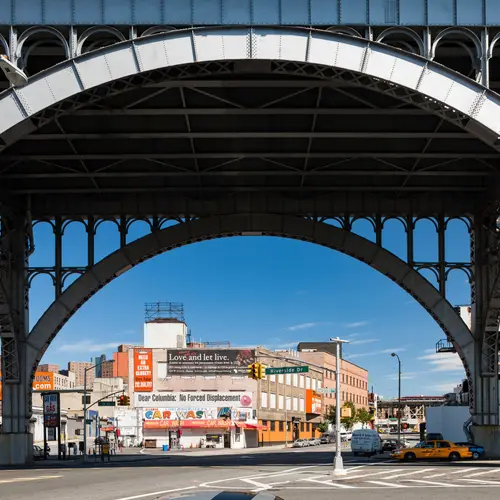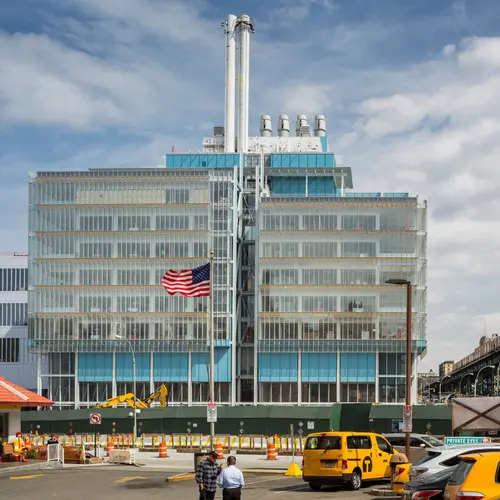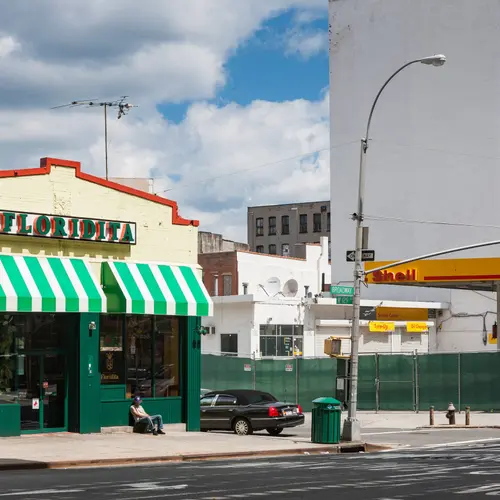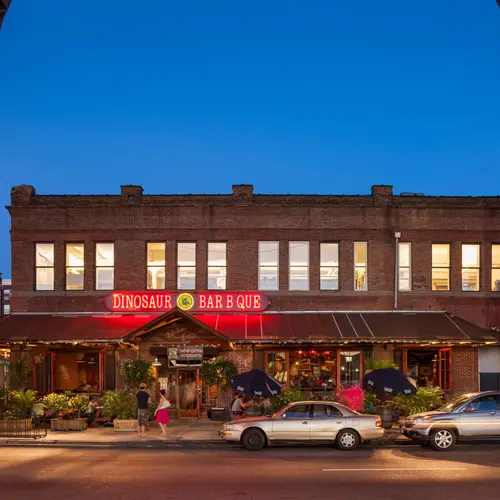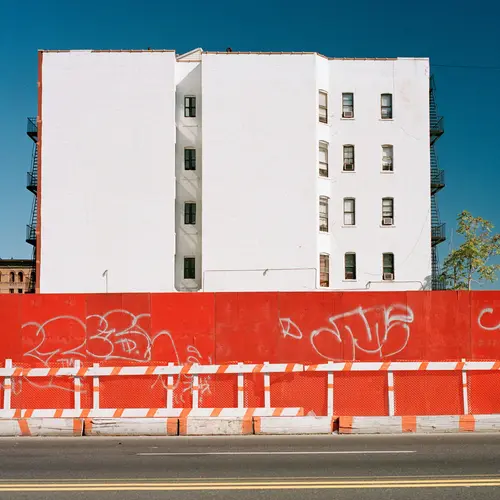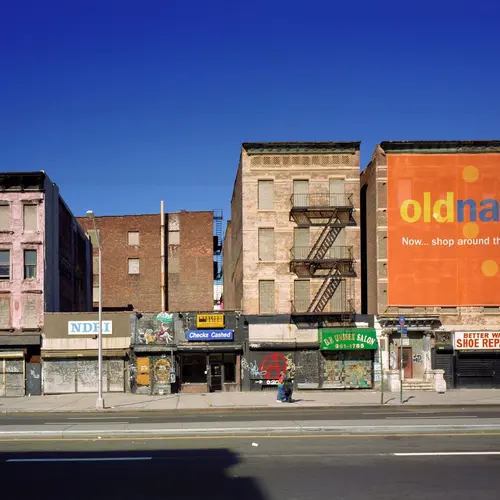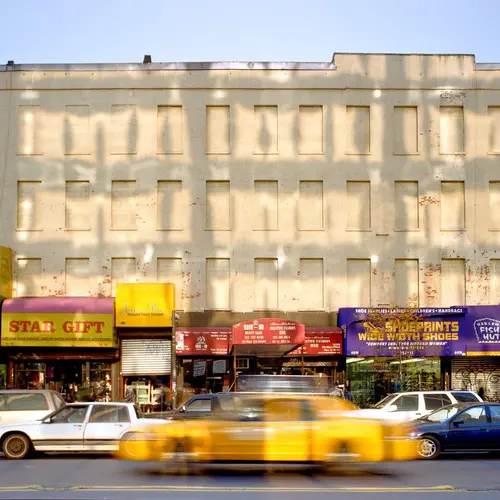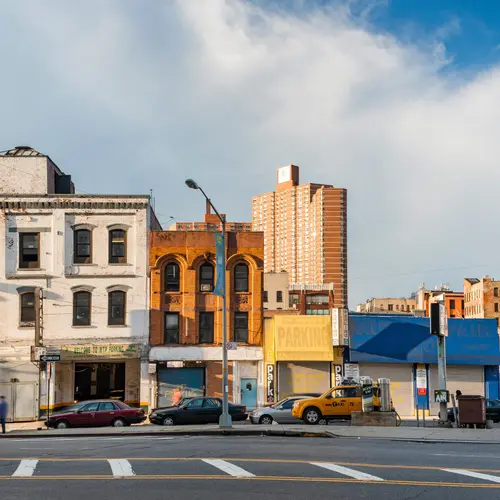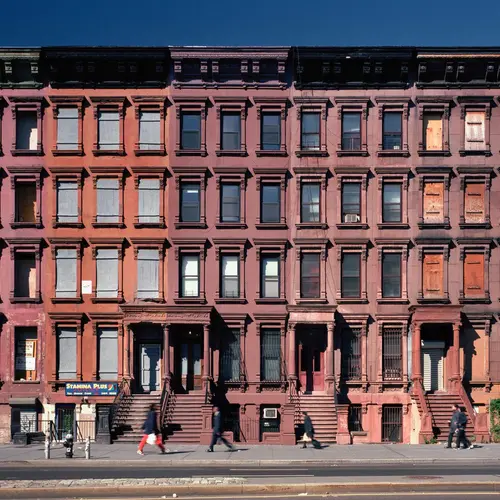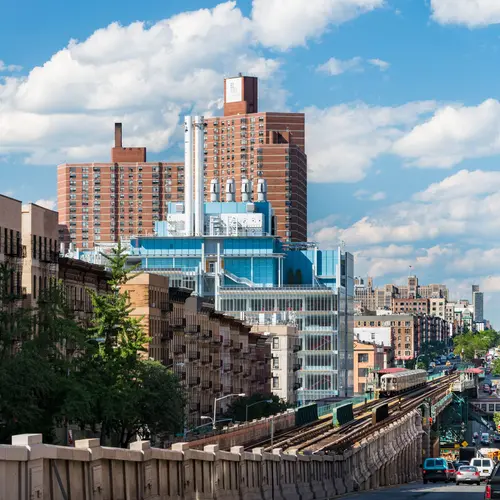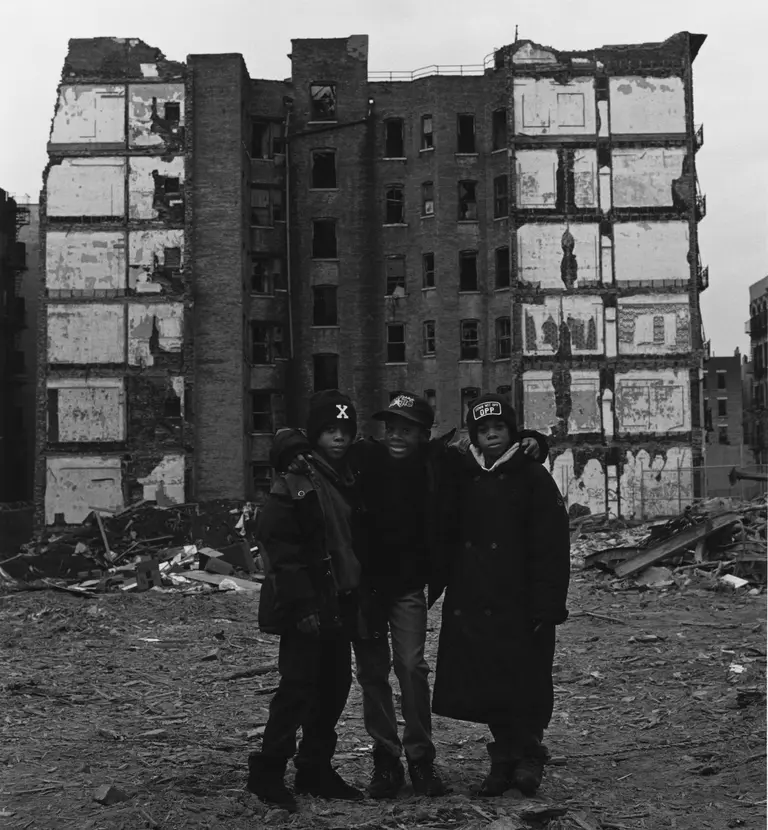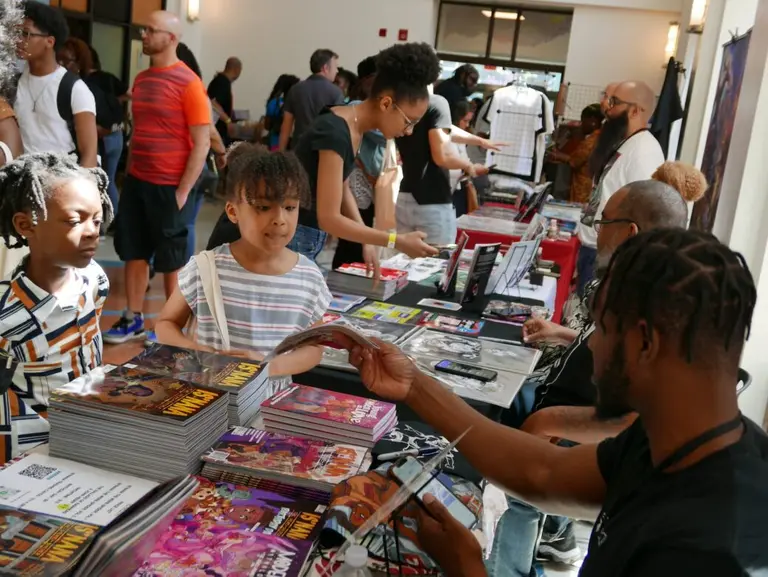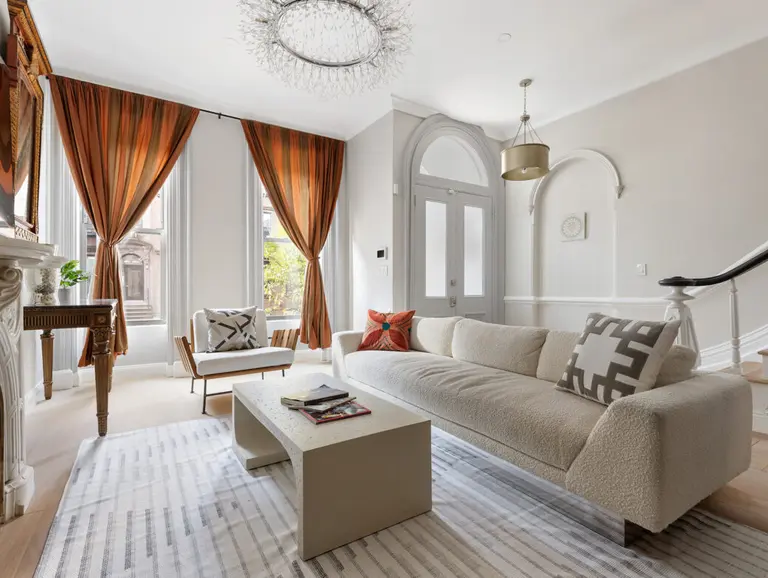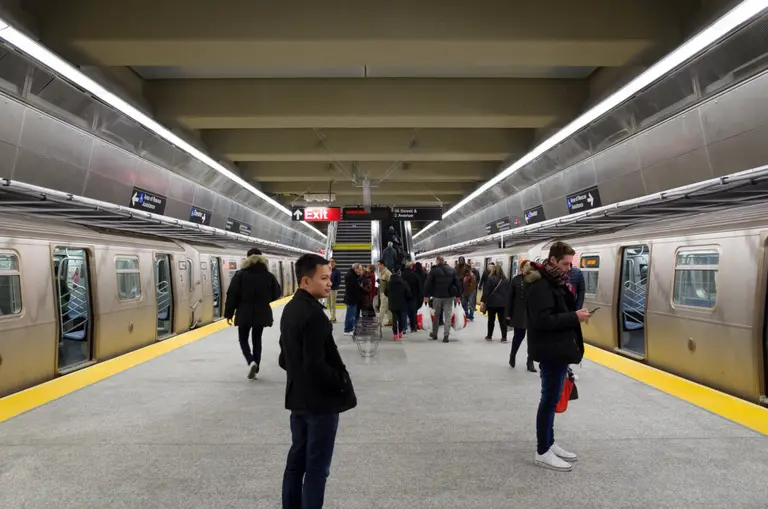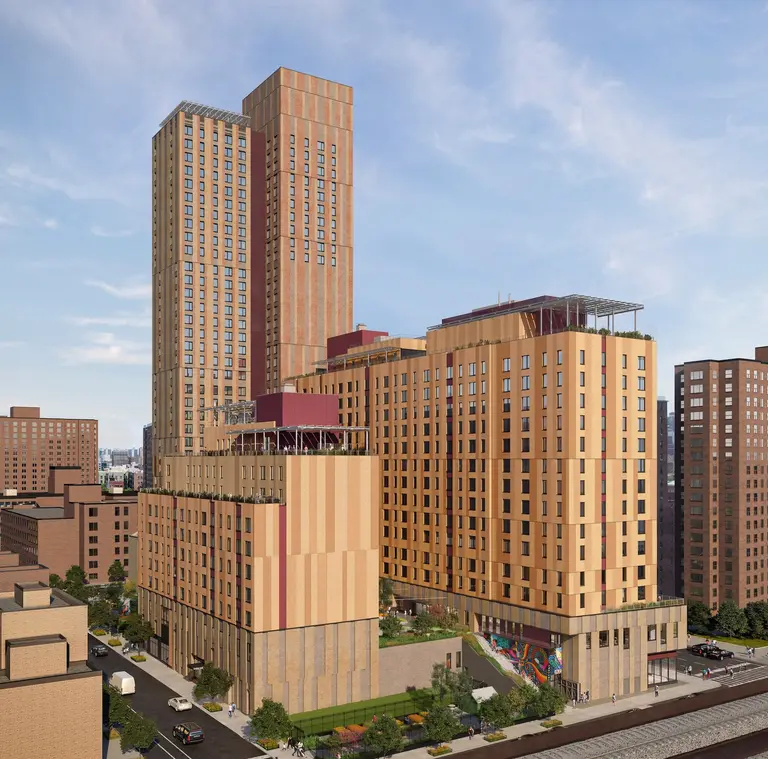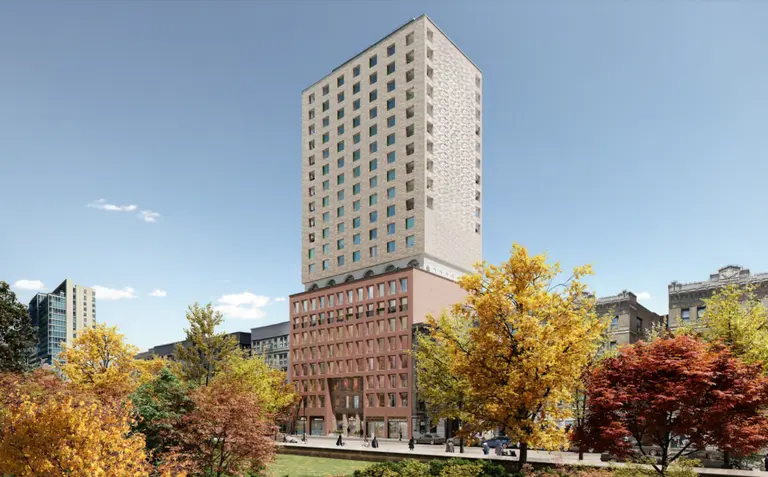The Urban Lens: Documenting 20 years of Harlem architecture
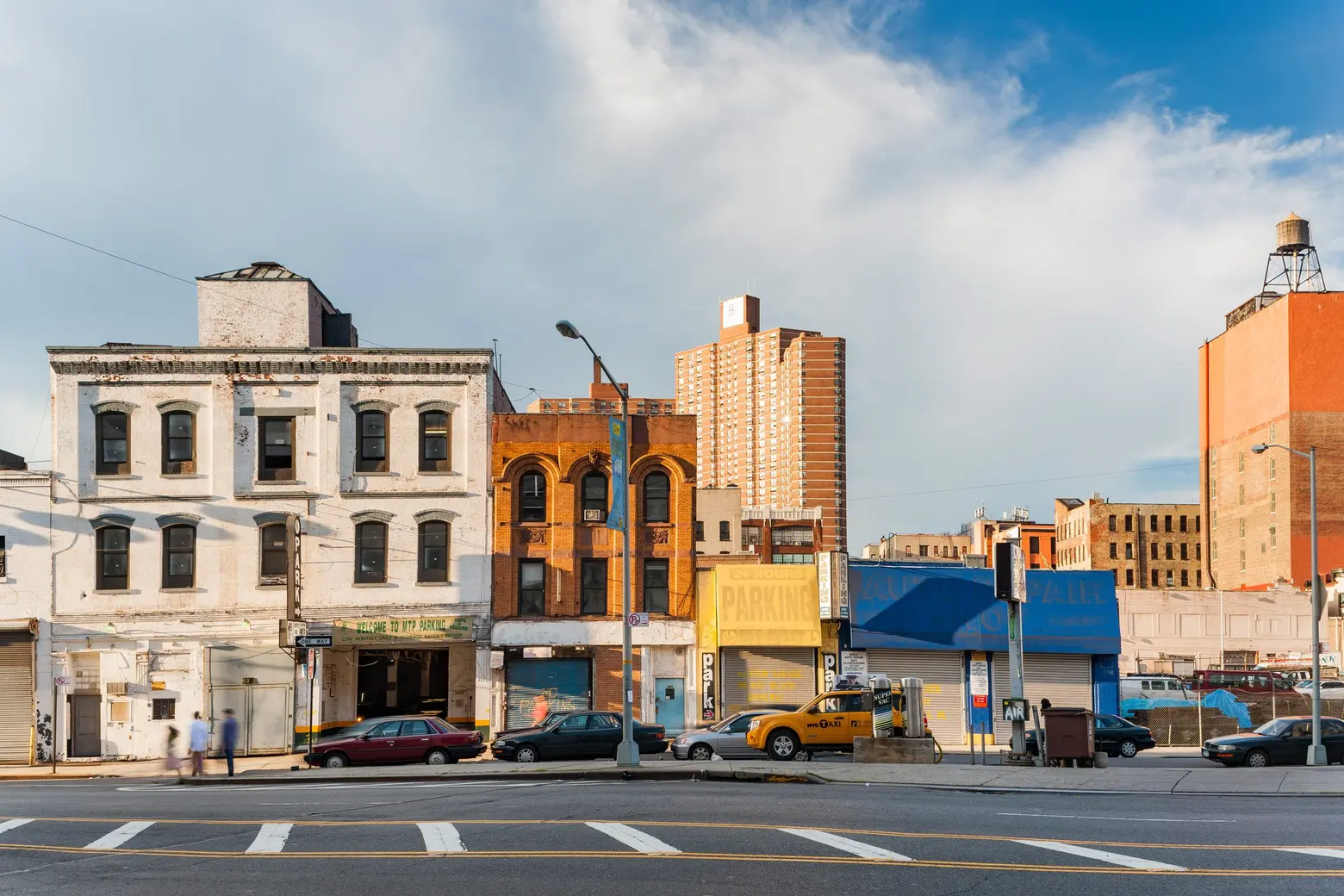
6sqft’s series The Urban Lens invites photographers to share work exploring a theme or a place within New York City. In this installment, Albert Vecerka shares some images from his “Harlem project.” Are you a photographer who’d like to see your work featured on The Urban Lens? Get in touch with us at [email protected].
After moving to New York in 1992 and earning a degree in architecture from City College, Yugoslavia-born photographer Albert Vecerka moved to Harlem and started documenting the neighborhood. Originally an attempt to dispel the notion that Harlem was “dangerous,” his “Harlem project,” also captures its architectural fabric and aesthetic changes over time. 6qft recently caught up with Vecerka to hear his thoughts on Harlem–what it was like 20 years ago and why he still calls it home.
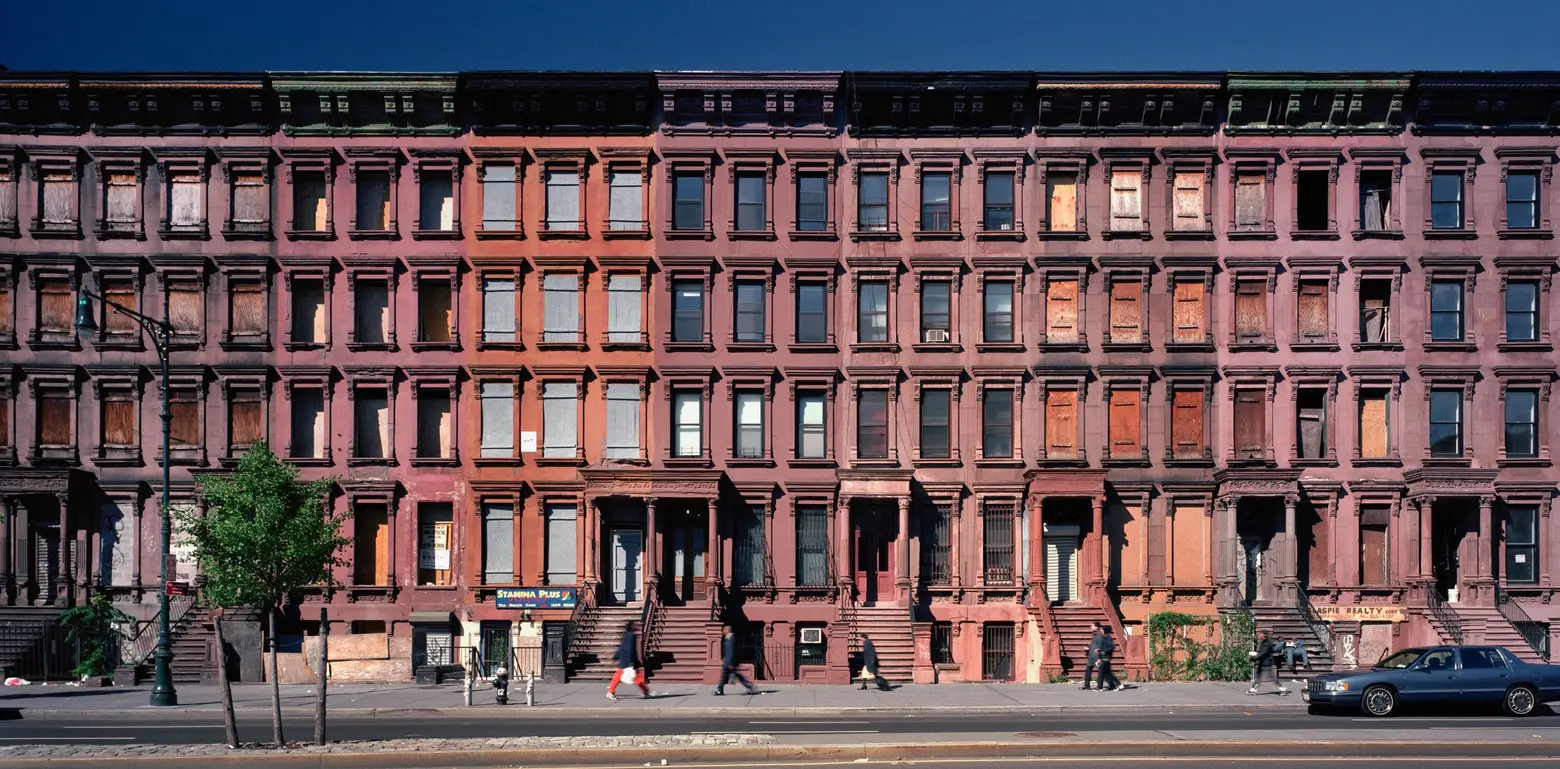
What originally motivated you to begin your “Harlem project?”
The original idea was born while I was an architecture student at CCNY in the mid-90s and I was taking a photography class with a couple friends. Back then, it was somewhat common to encounter people who thought Harlem (where CCNY is located) was dangerous, which was contrary to our experience. We wanted to figure out how to document the neighborhood we loved in all its complexity. The project grew from there.
Why Harlem – have you photographed any other New York City neighborhoods?
Harlem was a place where I lived and went to school when the idea to photograph it was born. I think we all can benefit from looking more carefully into our own immediate surroundings and seeing beauty, history, and complexity within them. I often think people are more easily fascinated with far away places, and [therefore] don’t notice what’s nearby.
The exhibit also includes photographs of Manhattanville (which is part of Harlem, but somewhat independent) from 2009, before Columbia made its first visible moves to that neighborhood, to the present. I’ve also done some photography in the South Bronx and a bit around the High Line in 2007 before that area transformed. The last two were just fairly short ventures.
As it has changed over the years, what aesthetic do you miss most about the neighborhood?
When I look at those early photographs, especially the streetscape ones, the layers of time are very evident on building facades, storefronts, and empty lots. The architecture created visual interest and richness of color and texture. One can almost make up stories that are tied to those places and even start to imagine what was outside the frame. That’s still true in some parts of the neighborhood, on some blocks, but less so on others.
Do you still live in Harlem?
I do; I’ve been in this part of Manhattan since 1993. We’re currently in Central Harlem on 117th Street, and that is the furthest south I’ve lived in that time period.
Did you ever consider expanding the project into other mediums besides photography, and are all of these photos digital?
I have not considered other mediums. This has always been a photographic documentation of the neighborhood. For the first 10 years or so, I worked with a large format camera and used color negative film. As that became more costly and less practical, and after I switched to digital in my assignment work, the project went to digital capture. The Harlem prints in the show are a combination of film scans and digital captures, all printed digitally.
What’s next for you?
I have been working with the Studio Museum in Harlem for a couple of months photographing their departure from the current building. They will be moving into a few temporary spaces while the current building is demolished and a new one constructed. The fascinating aspect of this for me is to look at all these spaces that were used by the museum in its current building, which was not initially designed as a museum. It was renovated when they first occupied the building in the early ’80s and again in the early 2000s, but the constraints of the existing structure presented numerous challenges for adequate museum space. Looking at how these spaces evolved and how people adapted them has been deeply interesting, and I’m happy with the photographs we have so far. I’ll also keep working on my Harlem and Manhattanville projects, and I’d like to continue to photograph the South Bronx at some point.
Instagram: @albertvecerka
Website: esto.com/vecerka/
▽ ▽ ▽
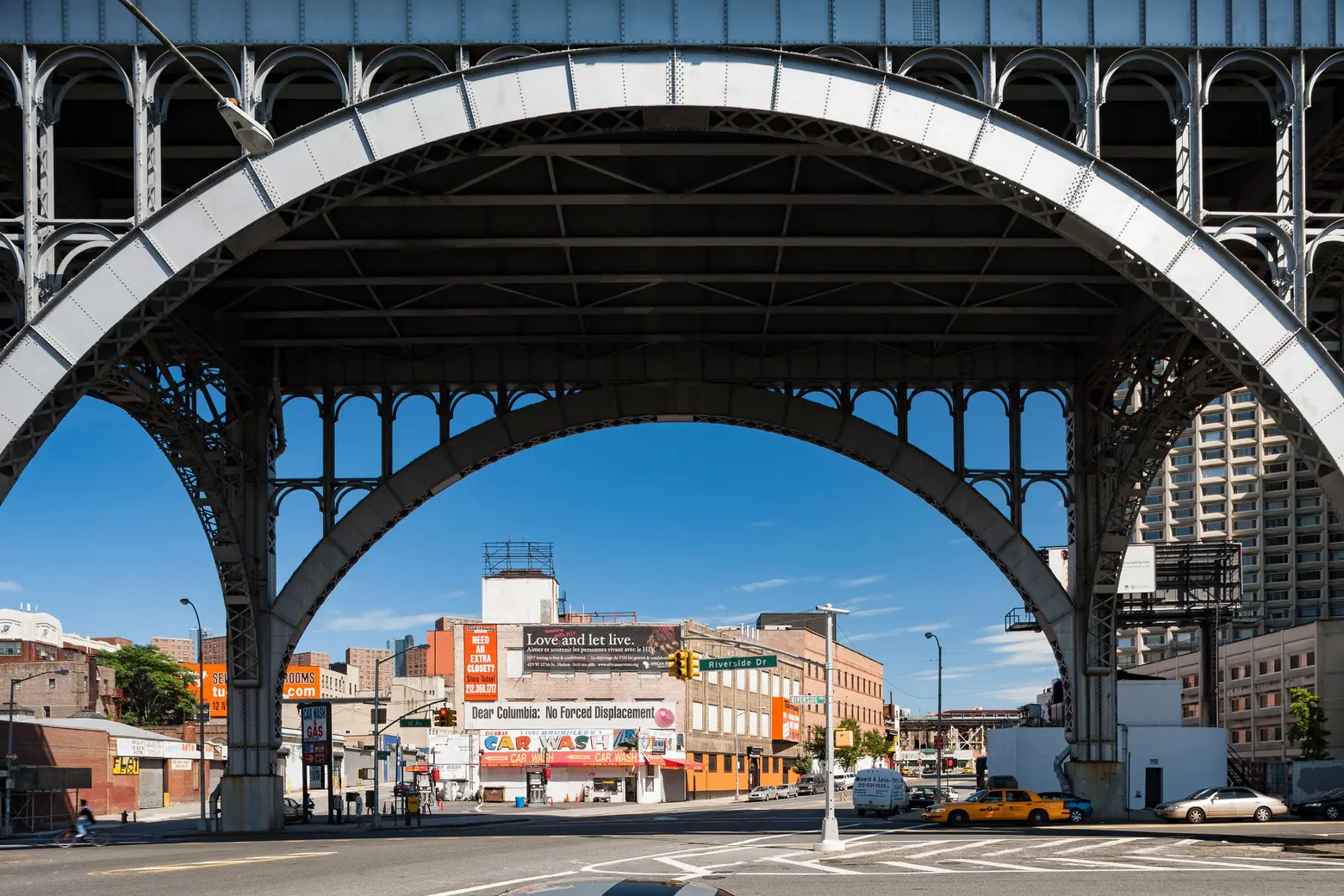
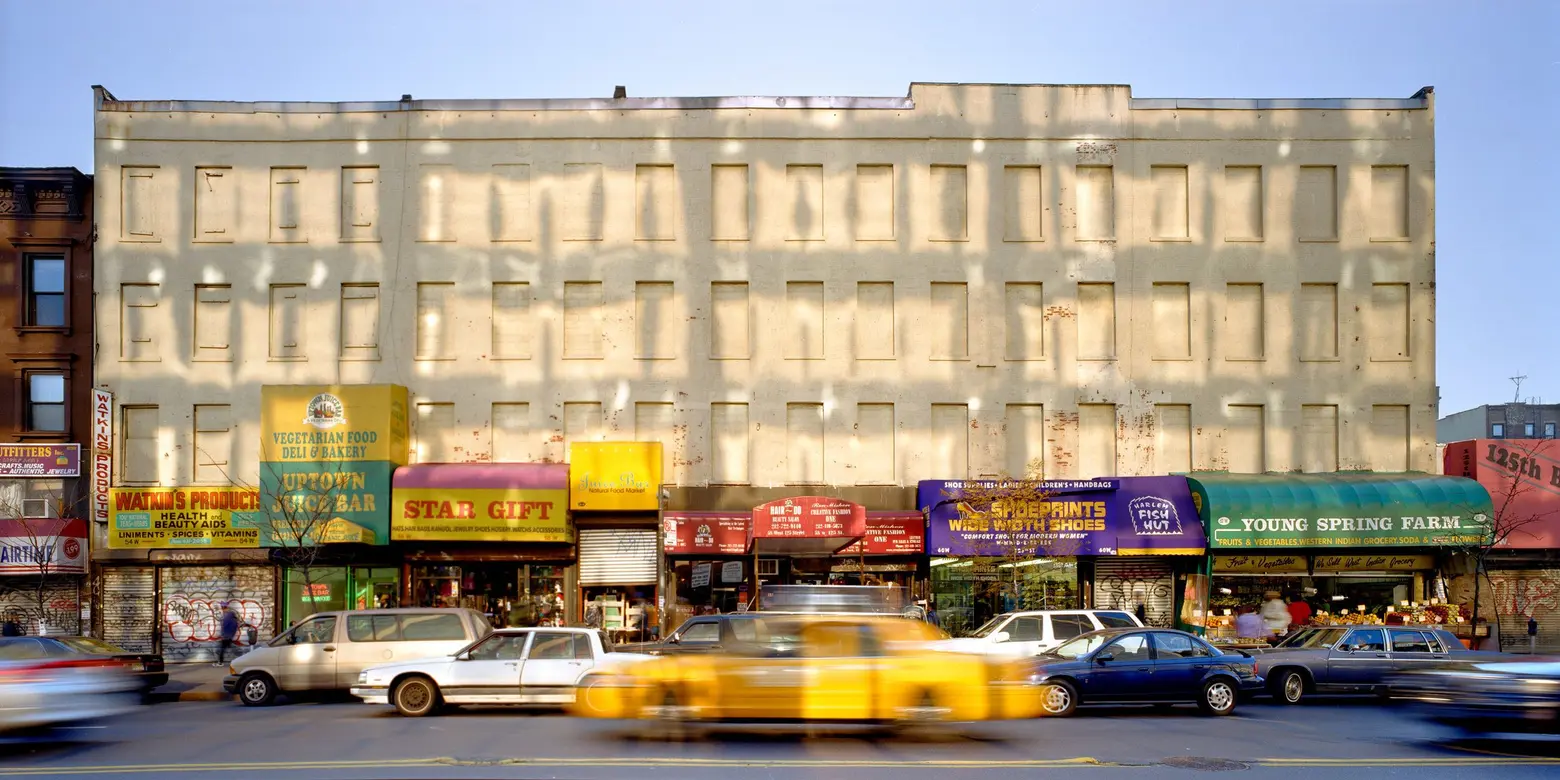
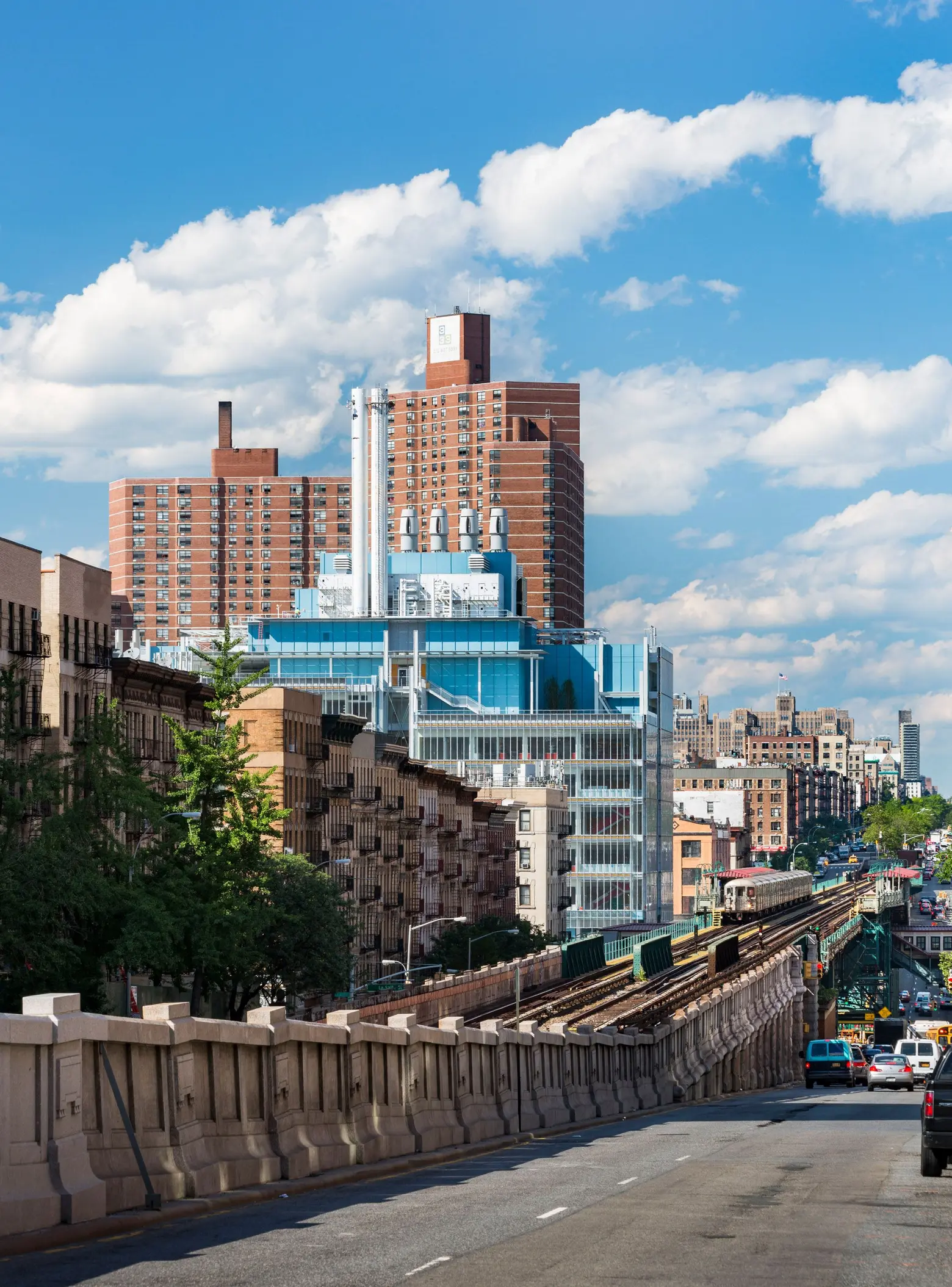
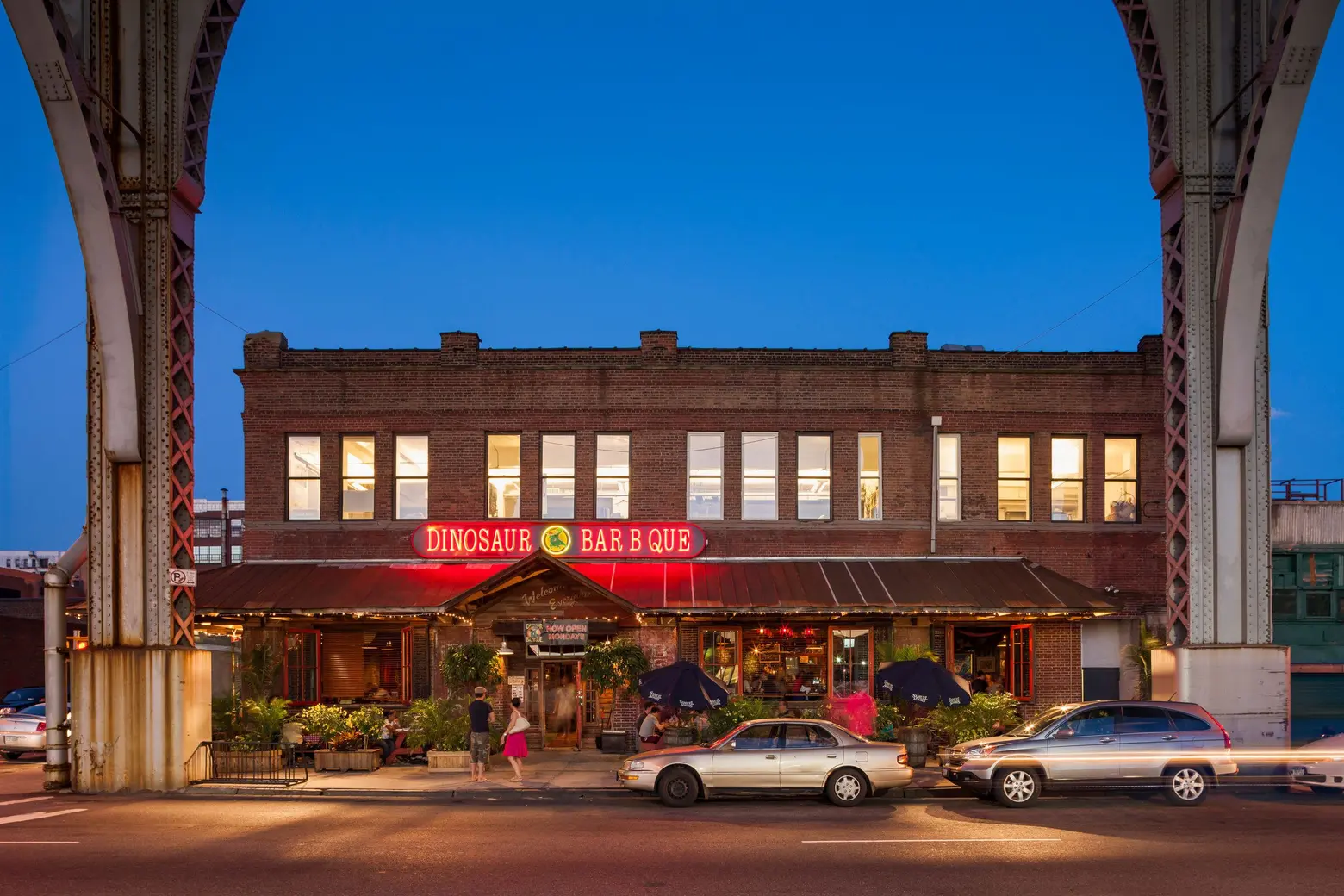
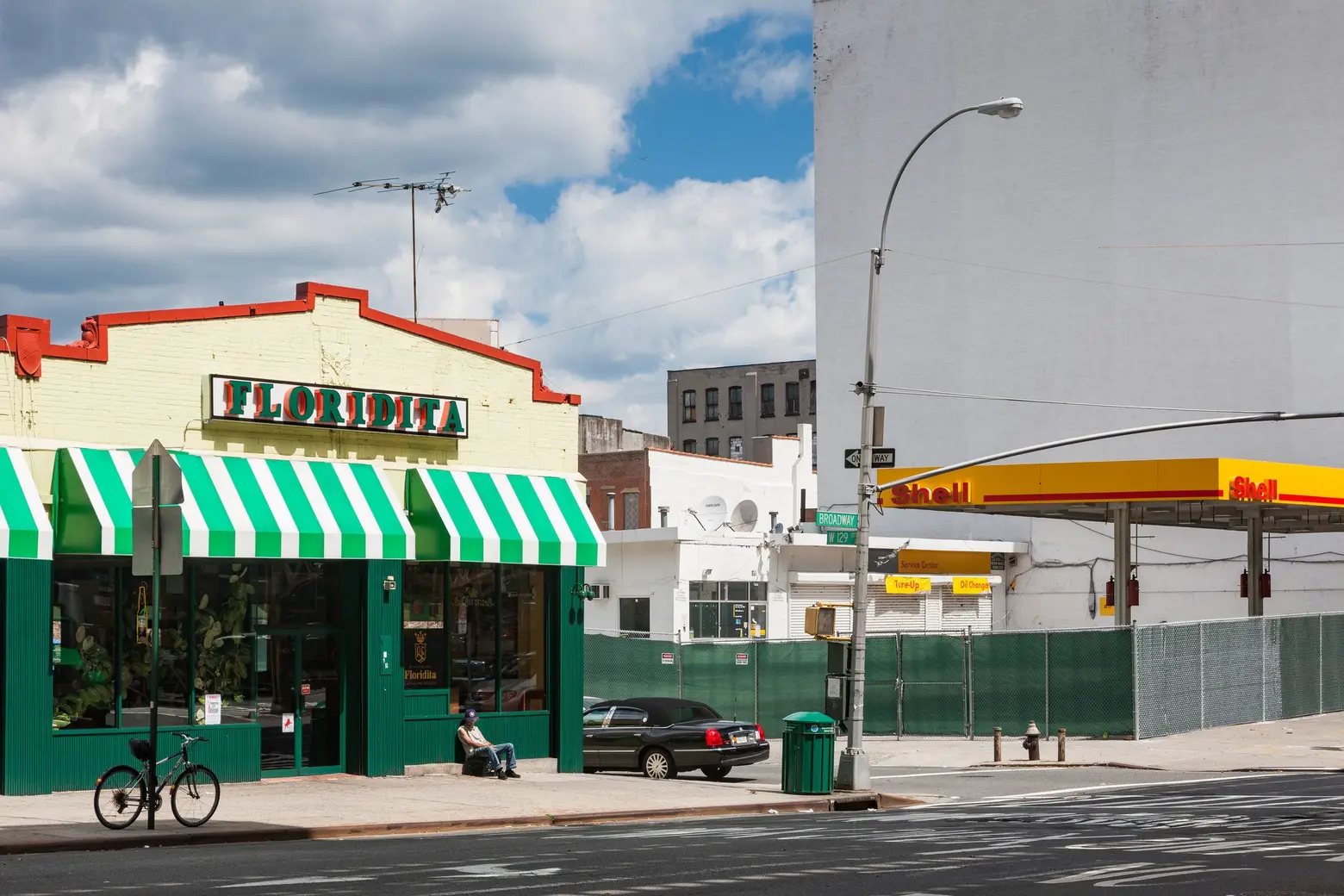
+++
Currently, 53 of Vecerka’s images – taken over the course of two decades – are featured at the CCNY Spitzer School of Architecture’s “Five Artists + Architecture” exhibit, which will be closing tonight.
Following the exhibit’s closing, and alongside the four other artists featured in the exhibit, Vecerka will be speaking on a panel tonight from 6 to 8pm at the Sciame Auditorium, located at 141 Convent Avenue. The event is free and open to the public.
RELATED:
- The Urban Lens: ‘Once in Harlem’ is a portrait of ’90s New York City
- The Urban Lens: ‘All the Queens Houses’ tells the story of NYC’s most diverse borough
- The Urban Lens: Documenting the change in Tribeca from the early 1900s to present day
All photographs by © Albert Vecerka / Esto
